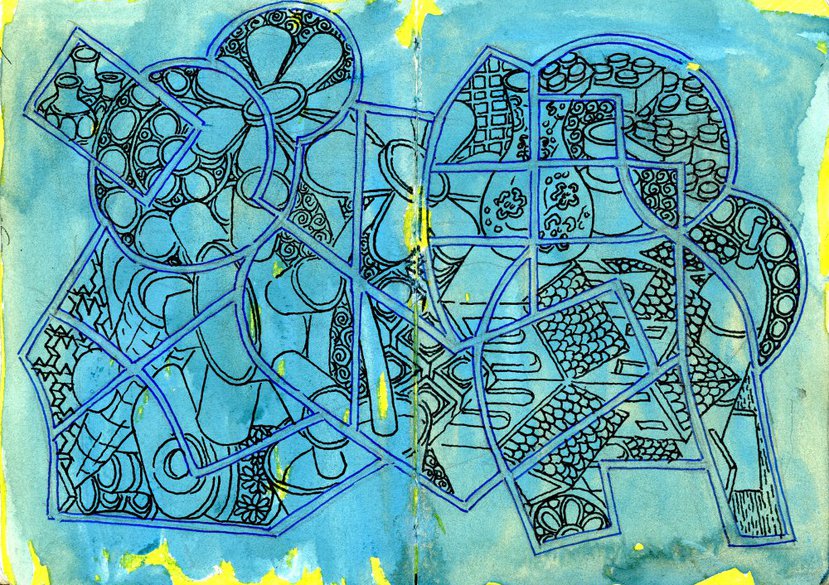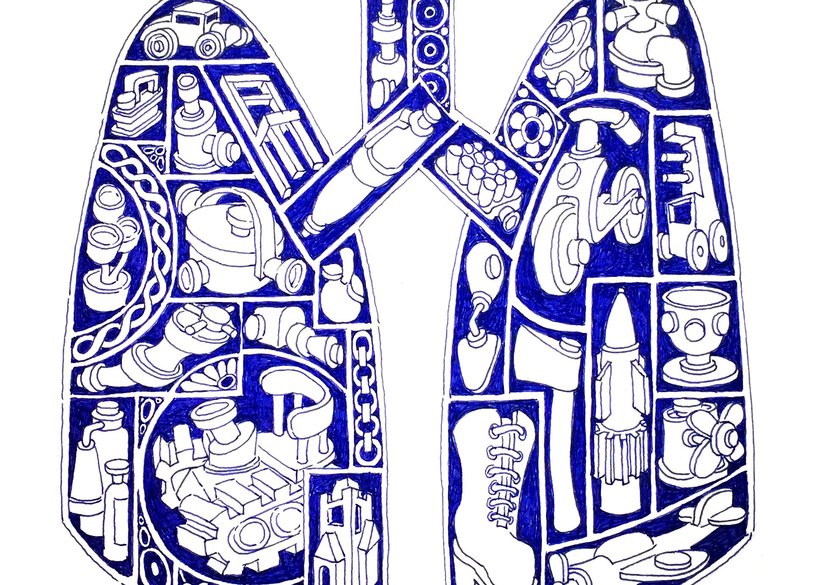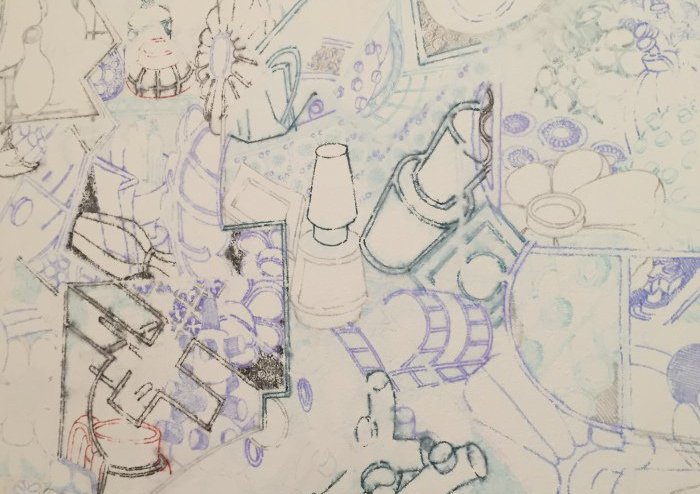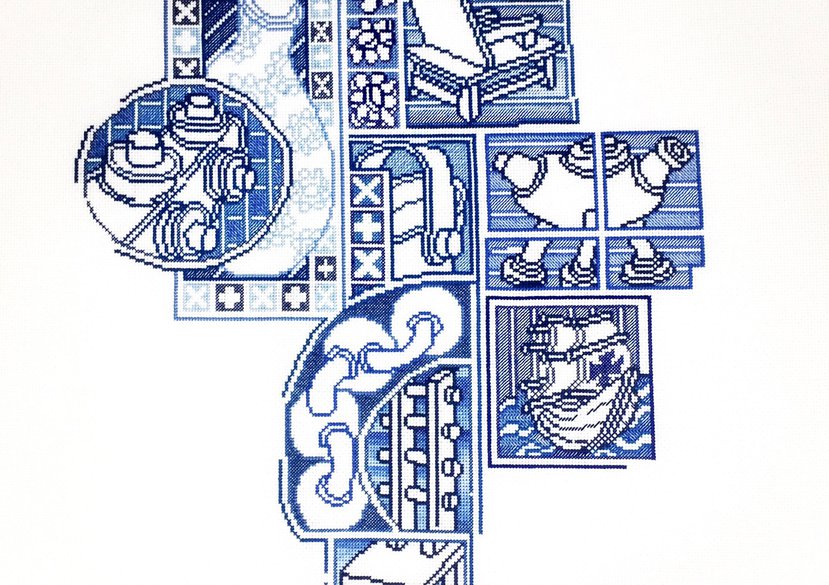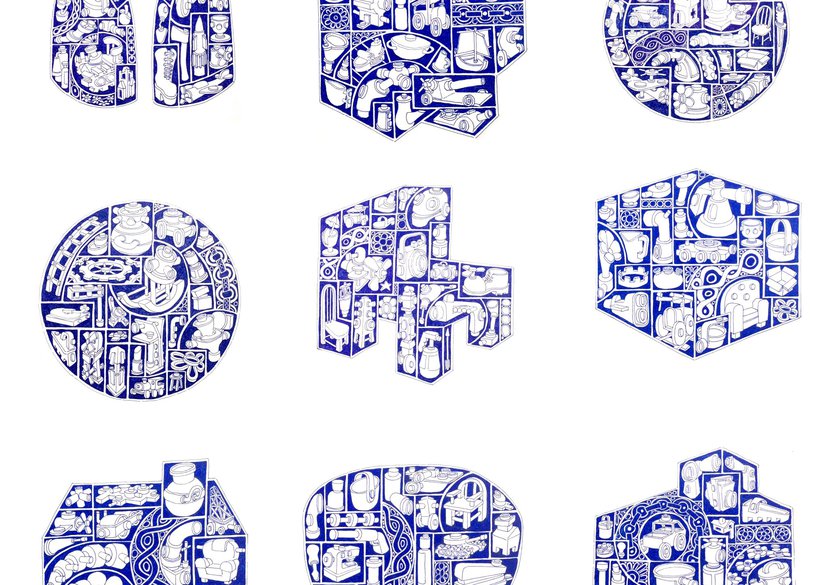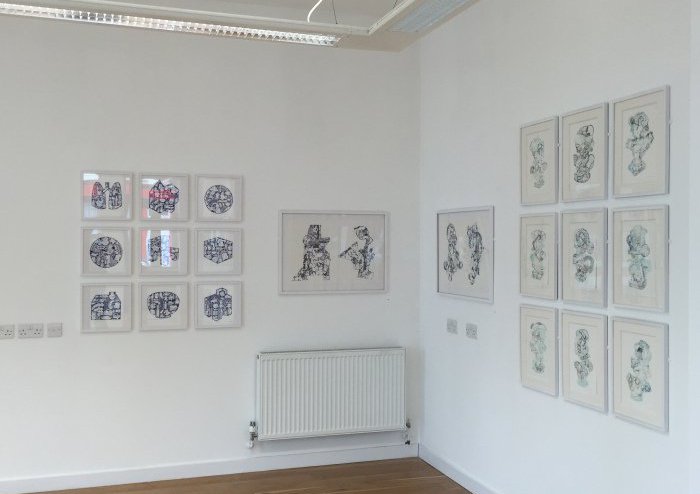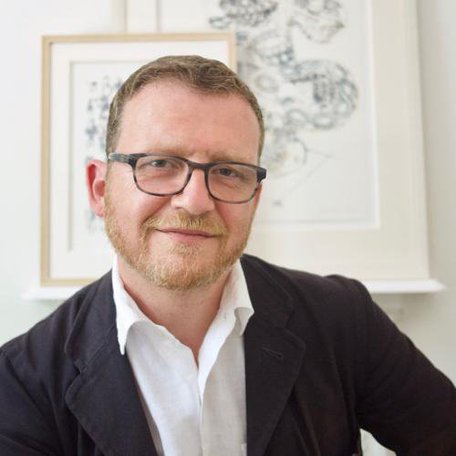
Gary has over 25 years’ experience in the higher education sector, with a specialist focus in international and transnational education.
Gary trained initially as a stone carver at Hereford Cathedral..
A graduate of Fine Art Sculpture from the University for the Creative Arts (1989) and the Royal College of Art (MA Sculpture, 1993; MPhil Sculpture and Animation, 2003). He has and continues to exhibit across the UK, Europe, US and China, from Tate St Ives to The Central Academy of Fine Arts Beijing. He was Henry Moore Foundation Sculpture Fellow at Falmouth College of Arts (1994–96) and awarded a bursary from the Royal Society of British Sculptors in 1996. His recent solo exhibition, Trace Engines, presented new drawings and prints at AIP Gallery Redtory Art Zone, Guangzhou (2015–16), Rochester Art Gallery, Kent (2016–17) and The Brewery Tap, Folkestone Triennial (2017).
Gary was the Head of International Pathways for the University for the Creative Arts from 2012 where he worked with and in association with education systems outside the UK. At UCA he developed, managed and delivered a range of art and design specific progression programmes at undergraduate and postgraduate level. The courses were designed to support students from non-UK art and design prior learning backgrounds, to develop their practice and academic skills appropriate to pursuing further progression. The development and delivery of these courses centred around key research focused on the implementation of embedded models and methods applied to the co-delivery of academic study skills, English for Academic Purposes and practice based study relevant to the Creative Industries.
Key details
School, Centre or Area
Expertise
Gallery
More information
Research interests
Gary’s research interests focus on the use of drawing as a catalyst for the augmenting, assimilating and constructing visual narrative archives. He uses these archives to question, make links and comparisons with cultural and historical approaches to depiction of the known, remembered and imagined through drawing, installation and sculpture.
The sketchbook is a key element within his practice and process and is linked to a series of international pedagogic research projects, working with key international Universities and stakeholders. These projects focus on different cultural and educational approaches to drawing as responding and/or reacting in terms of both primary and secondary research.
Practice
Gary Clough’s current research and pedagogic practice has and continues to focus on a cross-disciplinary approach to the nature and authorship of the made, the remembered and the known world, essentially underpinned through drawing. His research is focused on the relationship to his own use of and the importance placed on recording and responding through sketchbooks and journals. The sketchbook is an intrinsic part of his practice; they operate as both virtual and literal studio and cognitive landscape. The pages demonstrate how ideas are both generated and revisited in a constant process of analysis and reflection. His work centres around a playful fascination with an ongoing discourse with the nature of the perceived, known and made. The sketchbooks innate mobility is an essential to documenting the artist’s journeys, stopping off points and destinations through geographical, historical and disciplinary visitations and positioning. Gary has continued to travel extensively throughout the world in his academic role and as an artist. His work is influenced and enriched by the qualities and visual language of diverse climates, landscapes and cultures.
The notions of mobility and shared memory from the sketchbooks are reviewed, revisited and represented through a number of approaches including drawing, installation, sculpture, animation and print. Currently he is also engaged with works utilising cross stitch embroidery, borrowing from its tradition as a homespun practice for documenting personalised, or community based interpretations of the world. This craft based tradition mirrors aspects of his use of the sketch book as a starting point for assimilating the made environment. This new work draws from the traditions of cross stich samplers and folk based embroidered textiles and their role as archival and narrative record. The work plays with the notion and challenges of the transformation of the remembered and the shared into motifs and visual metaphors associated with such craft traditions.
Research funding
(2015) AIP Research Residency, Guangzhou Academy of Fine Arts
Awards
(2015/16) UCA Research Award for Trace Engines project
(2008) UCA Research Award for Repetition and Difference project
Current and recent projects
Port of Entry: Sun Pier House, August – September 2018
Port of Entry is a range of new drawings, prints and embroidery by Gary Clough exploring architectural space and geographical locations, while challenging notions of the imagined, the remembered and the known. In addition, Clough is shaping an individual response to the different cultures engaged within his travels through China and the UK. The work in Port of Entry engages further with the notion of a shared entry, or starting point in the development of a repository, or archive of a highly personal genus of objects arranged and presented as sets, families and suites of images. The genealogy and heritage of the images draw from influences as broad as the pages of the Argos catalogue and the shelves of B&Q and Pound Land, to the Song and Tang dynasty blue and white Chinese ceramics, to the cotton indigo embroideries of 18th century rural China. Clough has focused on developing contemporary notions of patterns and symbols as visual metaphor, intrinsic to global traditions of shared and/or remembered narrative histories within the creative industries and its cultural currency. The work attempts to investigate further contemporary notions of and relevance to the use of visual metaphors, motifs and symbols generated in the traditions of the decorative object essential to the sharing and evolving of shared visual language over generations through mnemonic and cultural exchange and interaction.
Trace Engines: Semblance ‘the outward appearance or apparent form of something, especially when the reality is different’, 2015–16
Trace Engines is a series of amalgamated drawings that on the one hand suggest a design or plan for something to come, and on the other seem like the residue of something that has already been. In this, they constitute a process of mediation where the acts and media of their creation – the drawing, tracing and mono-printing – become iterative expressions that model an as yet unknown object.
Outputs include: Residency, solo exhibition and catalogue, (October 2015 – February 2016), Arts International Projects (AIP Gallery), Redtory Arts Zone and Guangzhou Central Academy of Art and Design. Rochester Art Gallery, Kent, (September 2016 – February 2017). The Brewery Tap, Folkestone Triennial, (September 2017).
External collaborations
- Selected artist and member of The Artists Agency.
- Co-director and Academic Consultant for Global Arts Education (GEA). GEA is an arts education specialist consultancy specialising in transnational education projects and training.
- Key roles as an external educational consultant working with a range of private sector educational stakeholders in PR China, including Arts International Projects, Guangzhou, Fun Drawing PLC, Shenzhen, Contemporary Arts Communication Academy UK, Beijing and Artslink, Shanghai.
- External examiner and validation consultant for a number of UK Universities including University of the Arts London, Birmingham City University, Falmouth University and the Royal College of Art.

